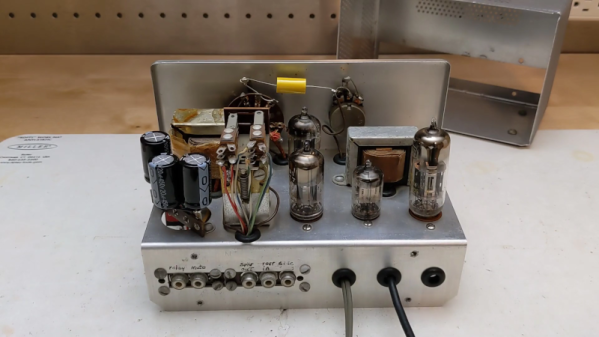While most hams and hackers have at least heard of Heathkit, most people don’t know the strange origin story of the legendary company. [Ham Radio Gizmos] takes us all through the story.
In case you don’t remember, Heathkit produced everything from shortwave radios to color TVs to test equipment and even computers. But, for the most part, when you bought something from them, you didn’t get a finished product. You got a bag full of parts and truly amazing instructions about how to put them together. Why? Well, if you are reading Hackaday, you probably know why. But some people did it to learn more about electronics. Others were attracted by the lower prices you paid for some things if you built them yourself. Others just liked the challenge.
But Heathkit’s original kit wasn’t electronic at all. It was an airplane kit. Not a model airplane, it was an actual airplane. Edward Heath sold airplane kits at the affordable price around $1,000. In 1926, that was quite a bit of money, but apparently still less than a commercial airplane.


















